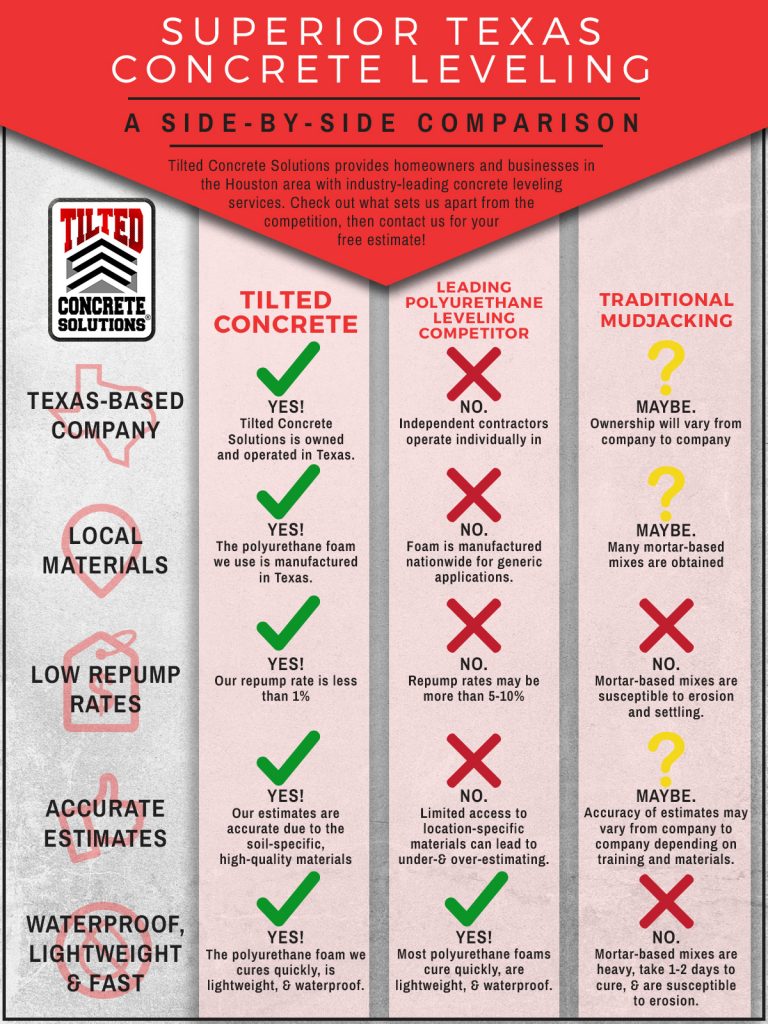Discover Exactly How Seasonal Influences Can Influence The Efficiency Of Commercial Outside Painting And Discover The Most Positive Times To Ensure Resilient Outcomes For Your Job
Discover Exactly How Seasonal Influences Can Influence The Efficiency Of Commercial Outside Painting And Discover The Most Positive Times To Ensure Resilient Outcomes For Your Job
Blog Article
Post Composed By-Aguilar Decker
When you're planning an industrial outside painting project, seasonal factors can make or damage your results. You'll wish to take into consideration how temperature level and humidity impact paint application and drying out times. Selecting the best period can ensure your paint sticks correctly and lasts longer. But which periods are absolutely the most effective for this sort of job? Allow's explore the key elements that can impact your project's success.
The Impact of Temperature on Paint Application
When you're intending a business outside paint job, the temperature can dramatically impact exactly how well the paint sticks and dries out.
Ideally, you wish to paint when temperature levels range in between 50 ° F and 85 ° F. If it's too cool, the paint might not cure properly, resulting in problems like peeling off or breaking.
On the other side, if it's also warm, the paint can dry as well rapidly, protecting against appropriate attachment and resulting in an uneven finish.
You should additionally think about the moment of day; early morning or late afternoon supplies cooler temperature levels, which can be more favorable.
Constantly examine the maker's suggestions for the specific paint you're utilizing, as they frequently offer assistance on the suitable temperature variety for ideal outcomes.
Humidity and Its Effect on Drying Times
Temperature isn't the only environmental element that affects your commercial external painting task; humidity plays a substantial duty as well. High moisture levels can reduce drying times substantially, affecting the general quality of your paint task.
When the air is filled with dampness, the paint takes longer to cure, which can cause concerns like poor adhesion and a greater danger of mildew growth. If you're repainting on an especially damp day, be gotten ready for extended wait times between layers.
It's important to monitor local climate condition and strategy accordingly. Preferably, aim for humidity degrees between 40% and 70% for optimum drying out.
Maintaining athens house painters in mind ensures your project stays on track and delivers a lasting coating.
Best Seasons for Commercial Outside Painting Projects
What's the best season for your industrial exterior painting tasks?
click here now and very early autumn are commonly your best bets. Throughout these periods, temperature levels are mild, and humidity degrees are commonly lower, creating optimal problems for paint application and drying out.
Avoid summer season's intense heat, which can trigger paint to completely dry as well promptly, causing bad adhesion and coating. Similarly, wintertime's cool temperature levels can hinder appropriate drying out and treating, risking the long life of your paint job.
Go for days with temperature levels in between 50 ° F and 85 ° F for optimum outcomes. Bear in mind to inspect the local weather forecast for rain, as damp conditions can wreck your project.
Preparation around these factors guarantees your paint job runs efficiently and lasts longer.
Final thought
Finally, planning your business external paint jobs around seasonal factors to consider can make a substantial difference in the result. By scheduling work throughout the optimal temperature levels and moisture levels, you'll guarantee better bond and drying out times. Bear in mind to watch on regional weather forecasts and select the right time of year-- springtime and early loss are your best choices. Taking these steps will certainly help you accomplish a durable and specialist surface that lasts.
